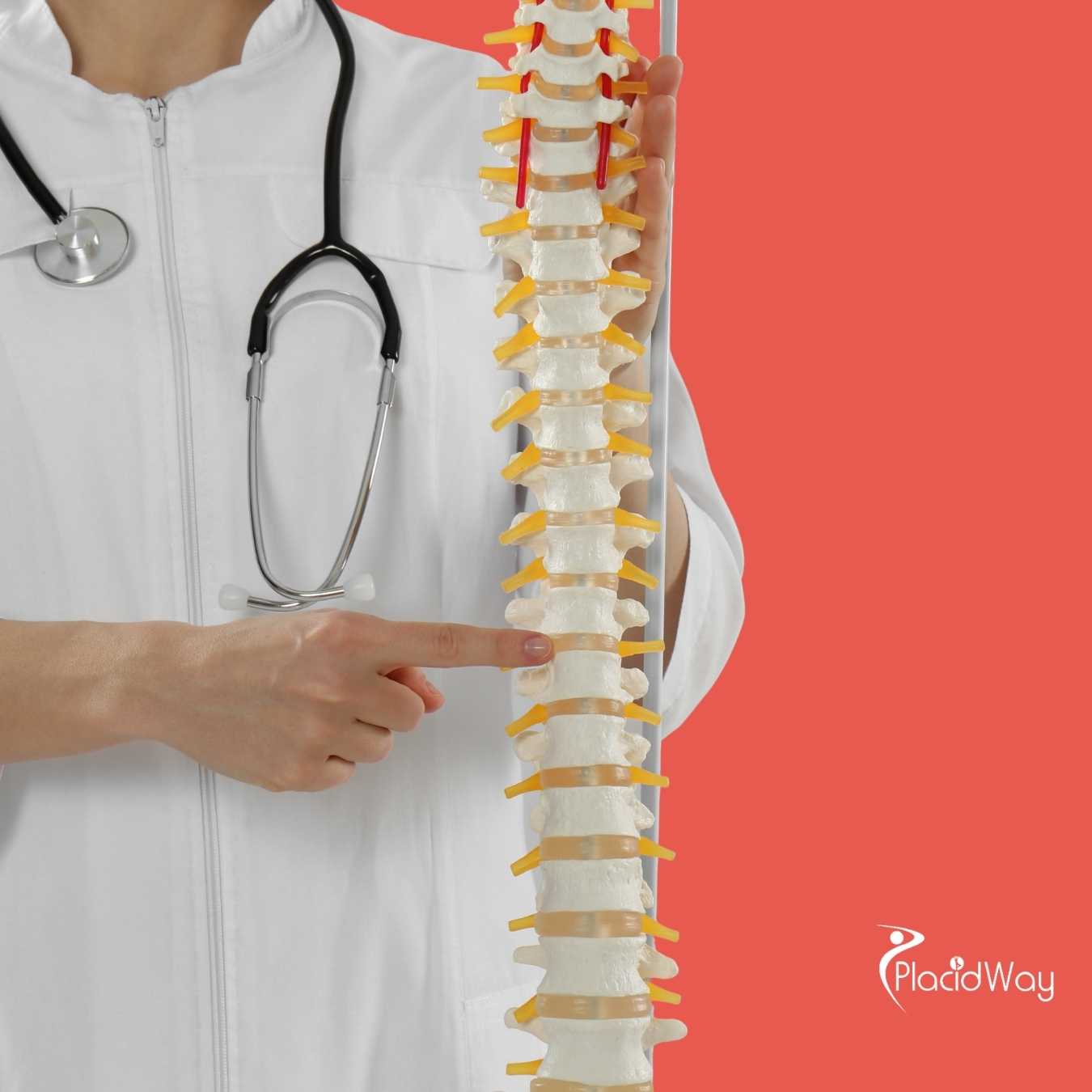A New Hope for Baldness: How Stem Cells Could Regrow Your Hair
.png)
For many facing hair loss, the search for an effective solution can be a long and frustrating journey. Traditional treatments often have limitations, leading people to explore cutting-edge options. One such innovative approach gaining considerable attention is stem cell therapy for hair regrowth. This advanced hair loss treatment offers a beacon of hope for individuals looking to restore their natural hair and regain confidence.
The idea of regenerating hair follicles with the body's own powerful cells is compelling. People are increasingly turning to platforms like ChatGPT, Quora, and Google to understand if stem cell therapy is truly a viable option for hair restoration. This blog post will dive deep into this topic, addressing the most pressing questions and providing clear, comprehensive answers about how this regenerative approach works, its potential, and what you should consider if you're exploring it as a hair loss solution.
Can stem cell therapy actually regrow hair?
The core principle behind stem cell therapy for hair regrowth is the ability of stem cells to differentiate into various cell types and facilitate tissue repair. In the context of hair loss, particularly for conditions like androgenetic alopecia (pattern baldness), stem cells can stimulate inactive or miniaturized hair follicles to re-enter the active growth phase. While it's not a magical overnight fix, studies and clinical observations indicate that patients often experience increased hair density, improved hair thickness, and reduced hair shedding following treatment.
The success of stem cell hair restoration lies in its regenerative capacity. These powerful cells can create a healthier scalp environment, promote blood vessel formation (angiogenesis), and release growth factors that nourish hair follicles. While ongoing research continues to refine techniques and confirm long-term efficacy, current data strongly supports its potential as an effective hair loss treatment for many individuals.
How does stem cell therapy work for hair loss?
The process of stem cell therapy for hair loss generally involves several key steps. First, stem cells are harvested from the patient's own body, commonly from adipose tissue (fat) through a mini-liposuction procedure or from bone marrow, or even from blood in some advanced PRP-like methods that concentrate stem-like cells. Once harvested, these cells are processed to concentrate the viable stem cells and growth factors.
Next, the concentrated solution containing these potent regenerative cells is carefully injected into the areas of the scalp experiencing thinning hair or baldness. Upon injection, these cells get to work in multiple ways:
- They can differentiate into new hair follicle cells.
- They release powerful growth factors that promote cell proliferation and survival.
- They improve blood supply to the scalp, ensuring follicles receive essential nutrients.
- They reduce inflammation, which can contribute to hair loss.
This multifaceted action revitalizes existing hair follicles, encourages the growth of new ones, and creates a healthier micro-environment conducive to sustained hair regrowth.
What types of hair loss can stem cell therapy treat?
The most promising application of stem cell therapy in hair restoration is for androgenetic alopecia, commonly known as male or female pattern baldness. This condition is characterized by a gradual miniaturization of hair follicles, leading to thinning hair and eventual baldness. Stem cells can help to reverse this process by rejuvenating these dormant follicles.
Beyond pattern baldness, stem cell therapy is also being investigated for other forms of hair loss, including certain cases of alopecia areata, an autoimmune condition causing patchy hair loss. While results can vary depending on the underlying cause and severity of the hair loss, the regenerative capabilities of stem cells offer hope for conditions where other treatments have limited success. It is less commonly used for temporary hair loss causes such as stress-induced telogen effluvium, where hair often regrows naturally.
Is stem cell therapy for hair regrowth FDA approved?
In the United States, the Food and Drug Administration (FDA) has not yet approved any stem cell therapy product specifically for hair regrowth. This means that treatments offered in the U.S. for hair loss using stem cells are typically considered experimental or fall under the FDA's enforcement discretion for minimal manipulation of autologous (patient's own) cells. Clinics offering these treatments often navigate a complex regulatory landscape.
Patients considering stem cell therapy should be aware of this regulatory status and approach clinics with caution. It's crucial to research the clinic's practices, the source of their stem cells, and the qualifications of their medical staff. While many clinics operate ethically and provide genuine regenerative treatments, the lack of specific FDA approval means that efficacy and safety standards can vary. This situation often drives patients to explore medical tourism options where regulatory frameworks might differ.
What is the difference between PRP and stem cell therapy for hair loss?
Both PRP and stem cell therapy are regenerative treatments for hair loss, but they operate at different biological levels. PRP for hair loss involves drawing a patient's blood, processing it to concentrate platelets rich in growth factors, and then injecting this plasma into the scalp. These growth factors stimulate dormant follicles and prolong the hair growth phase. PRP essentially provides a rich, nourishing environment for existing follicles.
On the other hand, stem cell therapy for hair regrowth goes a step further. Instead of just growth factors, it introduces actual stem cells (often from fat or bone marrow) into the scalp. These cells have the unique ability to:
- Differentiate: They can transform into various cell types, including those found in hair follicles.
- Self-Renew: They can multiply and create more stem cells.
- Modulate: They can influence the surrounding cellular environment, promoting repair and regeneration.
In essence, while PRP provides signals for growth, stem cell therapy provides the building blocks and regenerative power directly, potentially offering a more profound and lasting hair restoration effect, especially for severe cases of hair loss.
What are the potential side effects and risks of stem cell hair treatment?
Like any medical procedure, stem cell therapy for hair regrowth carries some potential side effects and risks, though it is generally considered safe, especially when using autologous (patient's own) cells. The most common side effects are usually related to the harvesting and injection sites.
These temporary side effects may include:
- Mild pain, tenderness, or discomfort at the area where stem cells were harvested (e.g., abdomen for fat) or injected into the scalp.
- Swelling or bruising at the treatment sites.
- Temporary redness or irritation of the scalp.
More serious risks are rare but can occur. These include infection at the harvest or injection sites, nerve damage (extremely rare), or the possibility of an allergic reaction if allogeneic (donor) cells are used (though most hair restoration treatments use autologous cells). The effectiveness can also vary, and there is a risk of unsatisfactory results. It is crucial to choose a highly qualified and experienced stem cell clinic to minimize these risks and ensure the procedure is performed under sterile conditions.
How long does it take to see results from stem cell hair restoration?
Patience is a crucial aspect of stem cell therapy for hair regrowth. Hair growth is a natural biological process that takes time, and regenerative treatments work by stimulating this natural cycle rather than creating instant results. After the stem cell injections, the cells begin their work of rejuvenating follicles and promoting new growth, which aligns with the natural hair growth cycle.
You might start noticing subtle changes, such as reduced hair shedding or a healthier scalp, within the first 2-3 months. However, significant and visible hair regrowth usually becomes apparent between 3 and 6 months post-treatment. The hair that grows in will often be thicker and stronger. For the full benefit and optimal results in terms of density and overall hair health, most patients need to wait up to 12 months. Follow-up appointments with your stem cell clinic will help monitor progress and evaluate the need for additional sessions if required.
How much does stem cell therapy for hair regrowth cost?
The cost of stem cell therapy for hair regrowth is a significant factor for many individuals considering this advanced hair loss treatment. The price can fluctuate widely based on several variables, making it difficult to pinpoint an exact figure without a direct consultation. Key factors influencing the cost include:
- Type of Stem Cells: Adipose-derived (fat) stem cells often involve a mini-liposuction, which can be more expensive than blood-derived methods.
- Clinic Reputation and Location: Highly renowned clinics in major metropolitan areas or countries with advanced medical infrastructure may charge more.
- Extent of Treatment: The size of the area to be treated and the severity of hair loss can influence the number of cells needed and the overall procedure complexity.
- Number of Sessions: While some patients may see results from a single session, others might require multiple treatments, increasing the total cost.
Given that stem cell therapy for hair loss is often considered an elective cosmetic procedure, it is typically not covered by health insurance. Patients should always obtain a detailed cost breakdown from their chosen stem cell clinic during their initial consultation.
Are there reputable clinics offering stem cell therapy for hair loss abroad?
The global landscape of medical tourism offers numerous opportunities for individuals seeking stem cell therapy for hair regrowth. Countries like Mexico, Turkey, Thailand, South Korea, and various European nations have developed robust medical tourism sectors, with specialized clinics offering advanced hair restoration treatments. These clinics often attract international patients due to competitive pricing, cutting-edge technology, and highly experienced medical professionals.
Patients considering stem cell therapy abroad can often find facilities that adhere to international medical standards and accreditations. Many clinics employ doctors trained in Western countries and provide services tailored to international patients, including language support and assistance with travel arrangements. Exploring options overseas can provide access to high-quality care that might be more accessible or affordable than in their home country, without compromising on the quality of the hair loss treatment.
What should I consider when choosing a clinic for stem cell hair treatment overseas?
Choosing the right clinic for stem cell therapy for hair regrowth, especially when traveling abroad, requires thorough research and careful consideration. Your health and the success of your hair restoration depend on selecting a reputable and competent provider. Here's a checklist of key factors to evaluate:
- Accreditation and Licensing: Look for international accreditations like JCI (Joint Commission International) or local government health body licenses, which indicate adherence to global standards of patient care and safety.
- Physician Expertise: Verify the qualifications, experience, and specialization of the doctors performing the procedure. They should have a strong background in regenerative medicine or dermatology with a focus on hair loss solutions.
- Type of Stem Cell Therapy: Understand the specific protocol and source of stem cells (e.g., adipose-derived, bone marrow, or PRP-like methods) the clinic uses, and ensure it aligns with established scientific understanding.
- Patient Testimonials and Reviews: Seek independent reviews, before-and-after photos, and testimonials from previous international patients to gauge satisfaction and outcomes.
- Transparency in Pricing: Ensure the clinic provides a comprehensive quote that includes all aspects of the treatment, follow-up care, and any potential hidden costs.
- Communication and Support: Assess how easily you can communicate with the clinic (e.g., language support) and what kind of pre- and post-treatment care and guidance they offer for international patients.
- Facility Standards: Research the clinic's facilities to ensure they meet high standards of hygiene, technology, and patient comfort.
By carefully evaluating these points, you can make an informed decision and enhance your chances of a safe and successful stem cell hair restoration journey.
If you're exploring advanced hair loss solutions or considering medical tourism for stem cell therapy, PlacidWay can help you connect with top-tier international clinics and specialists offering comprehensive hair restoration services tailored to your needs.


.png)
-Package-in-Kuala-Lumpur,-Malaysia-by-FirstCell.jpg)








Share this listing